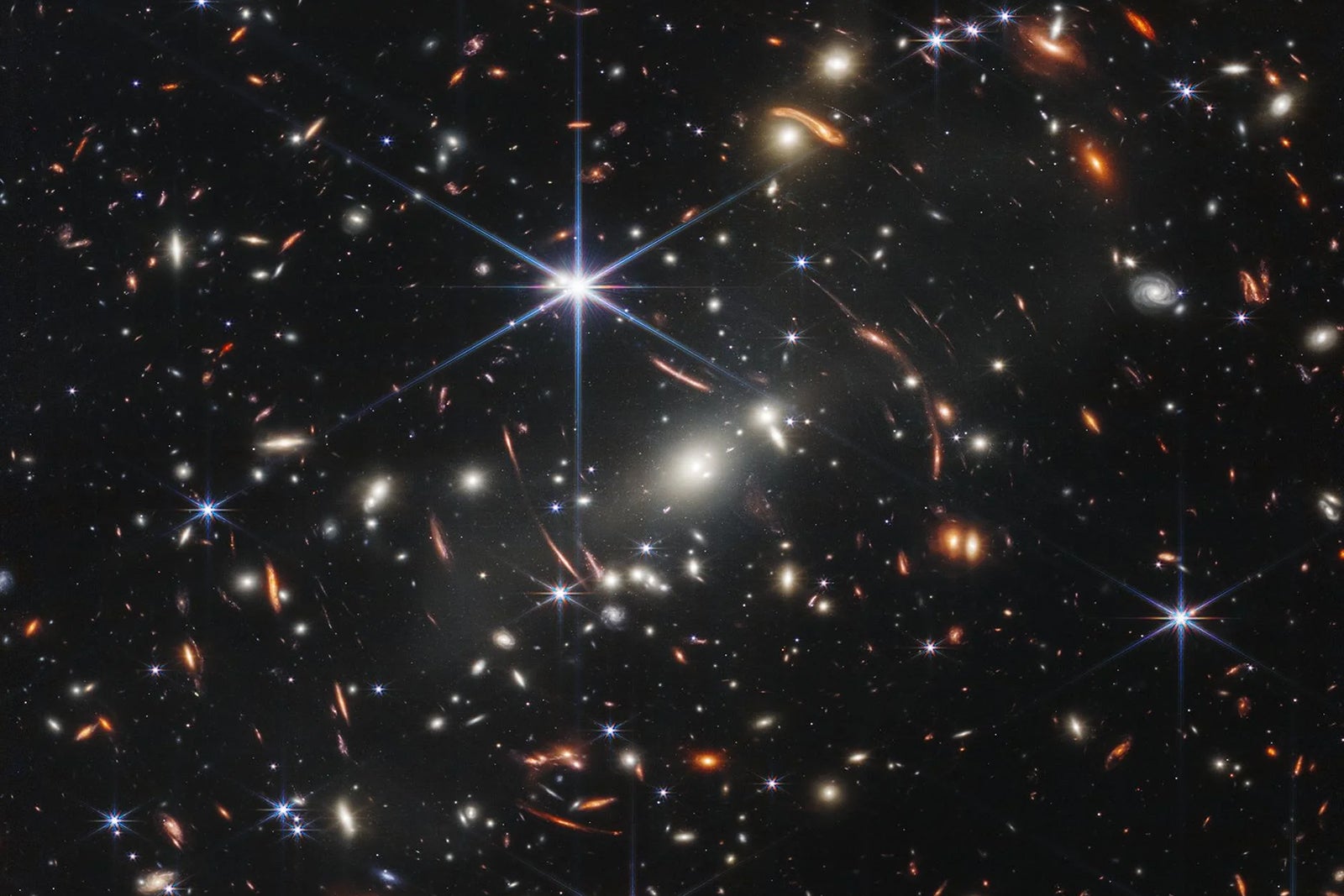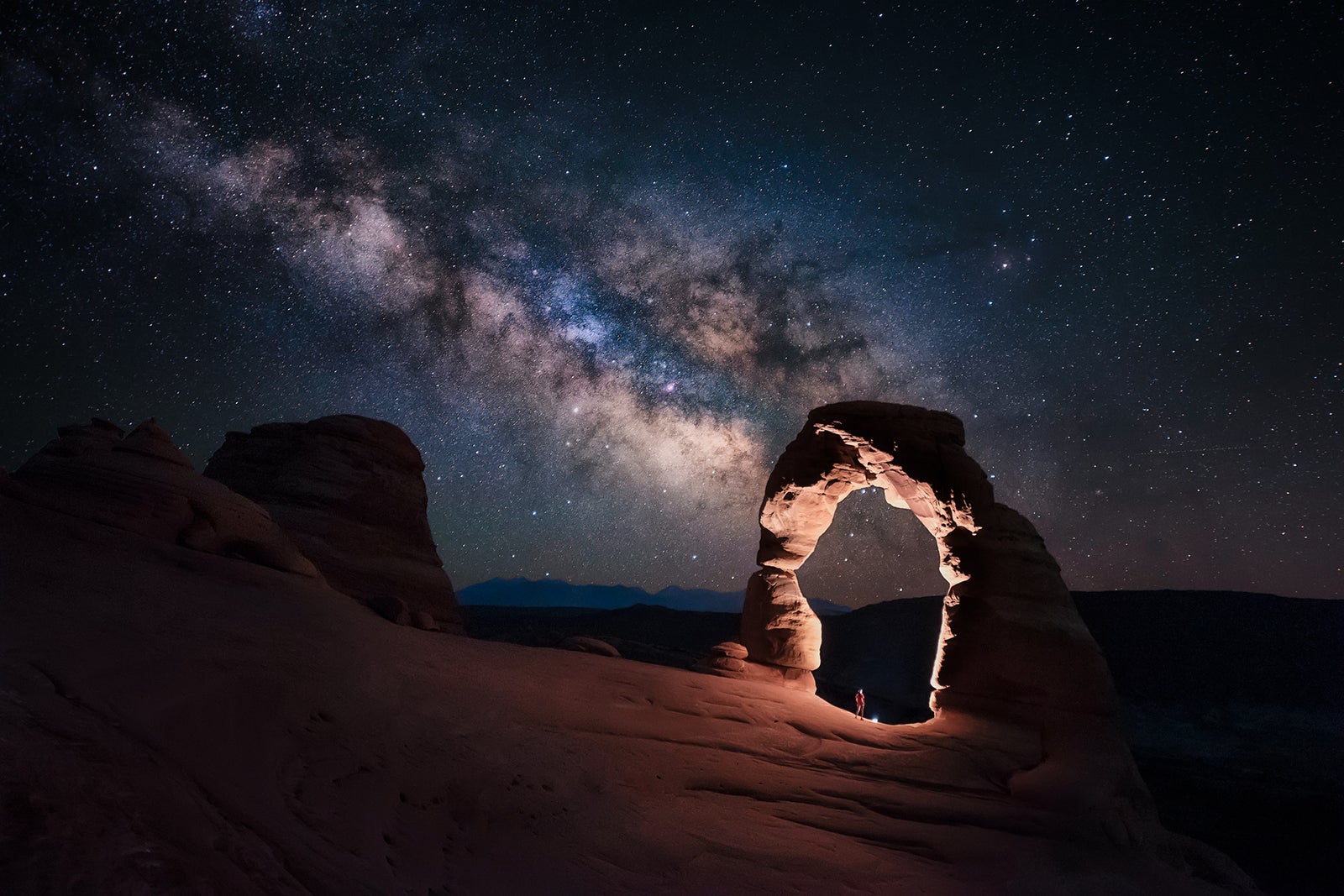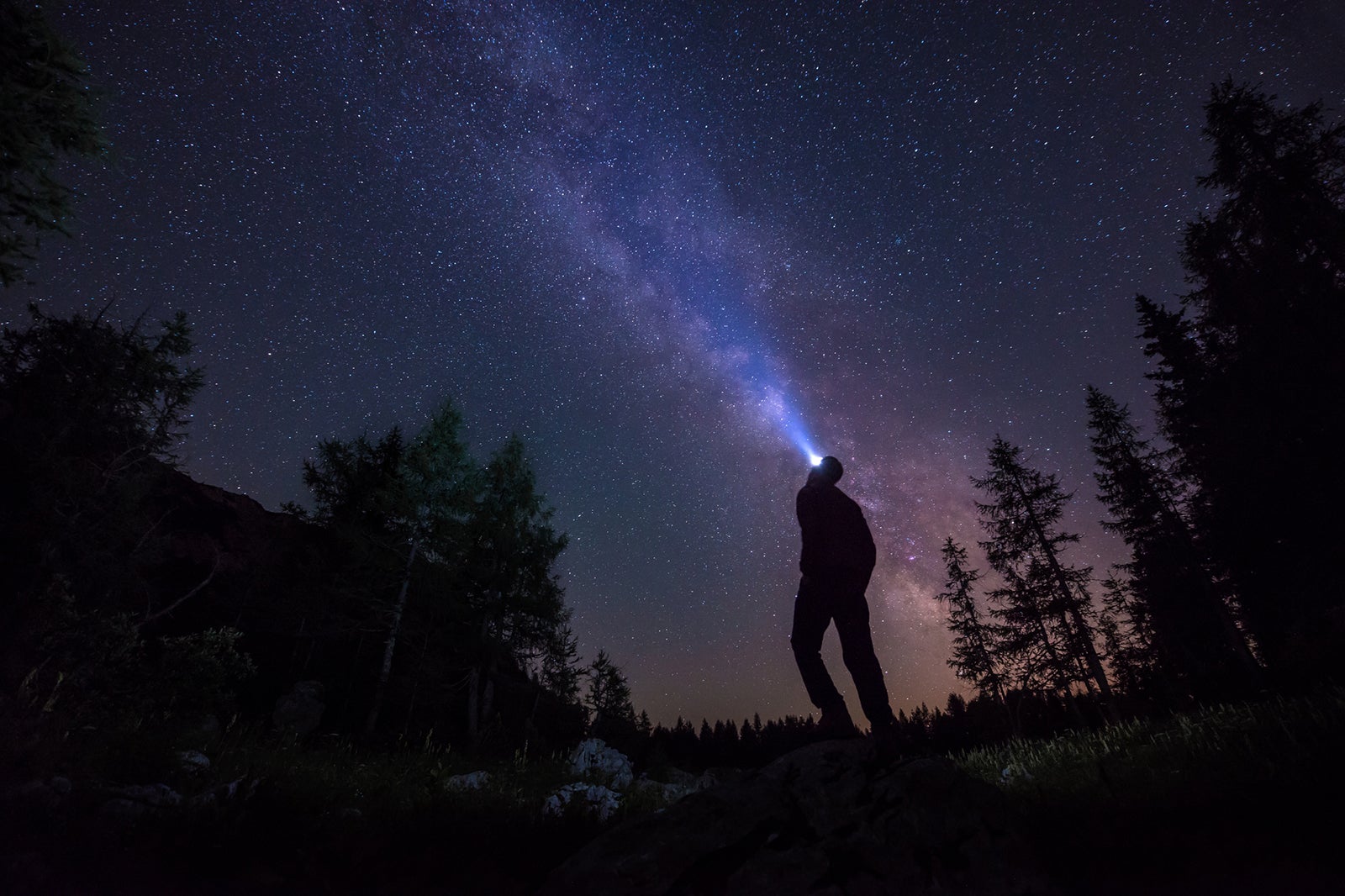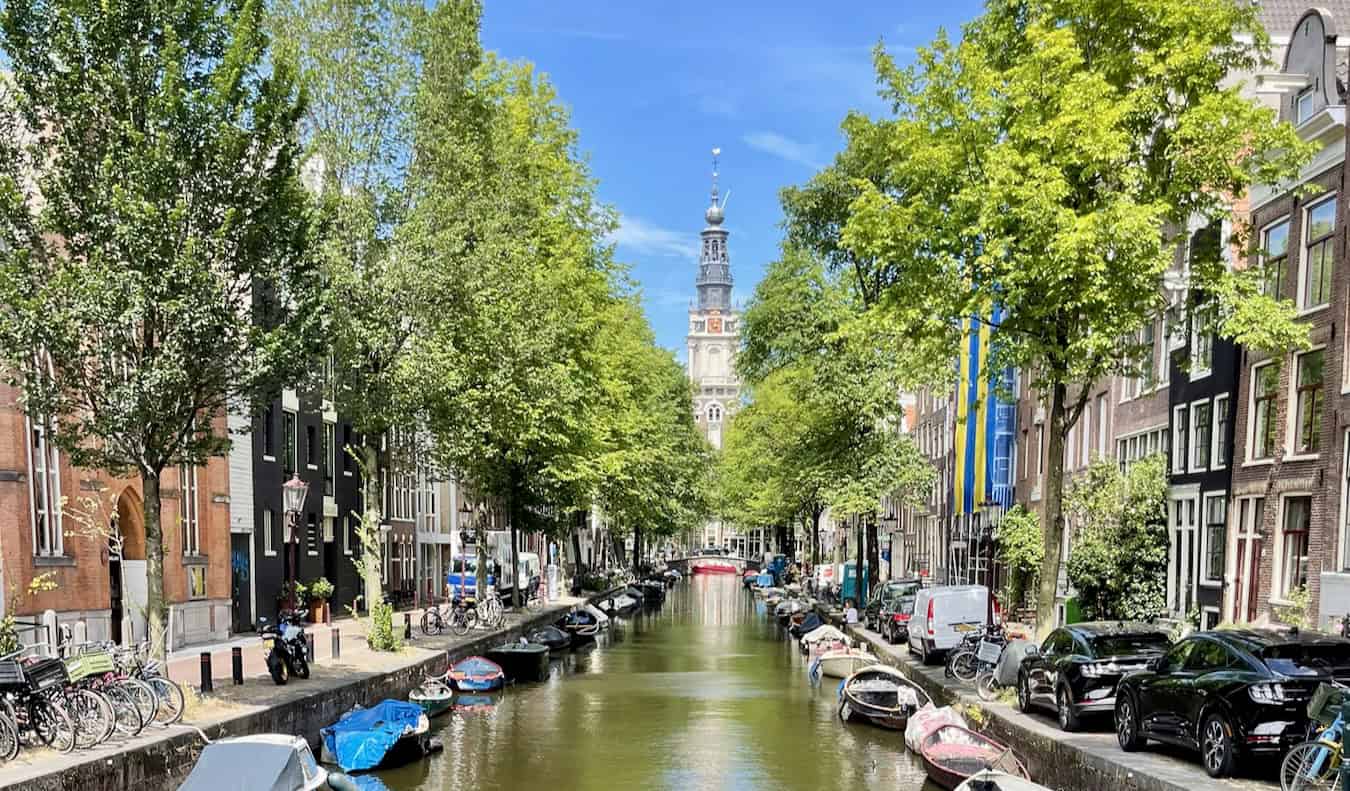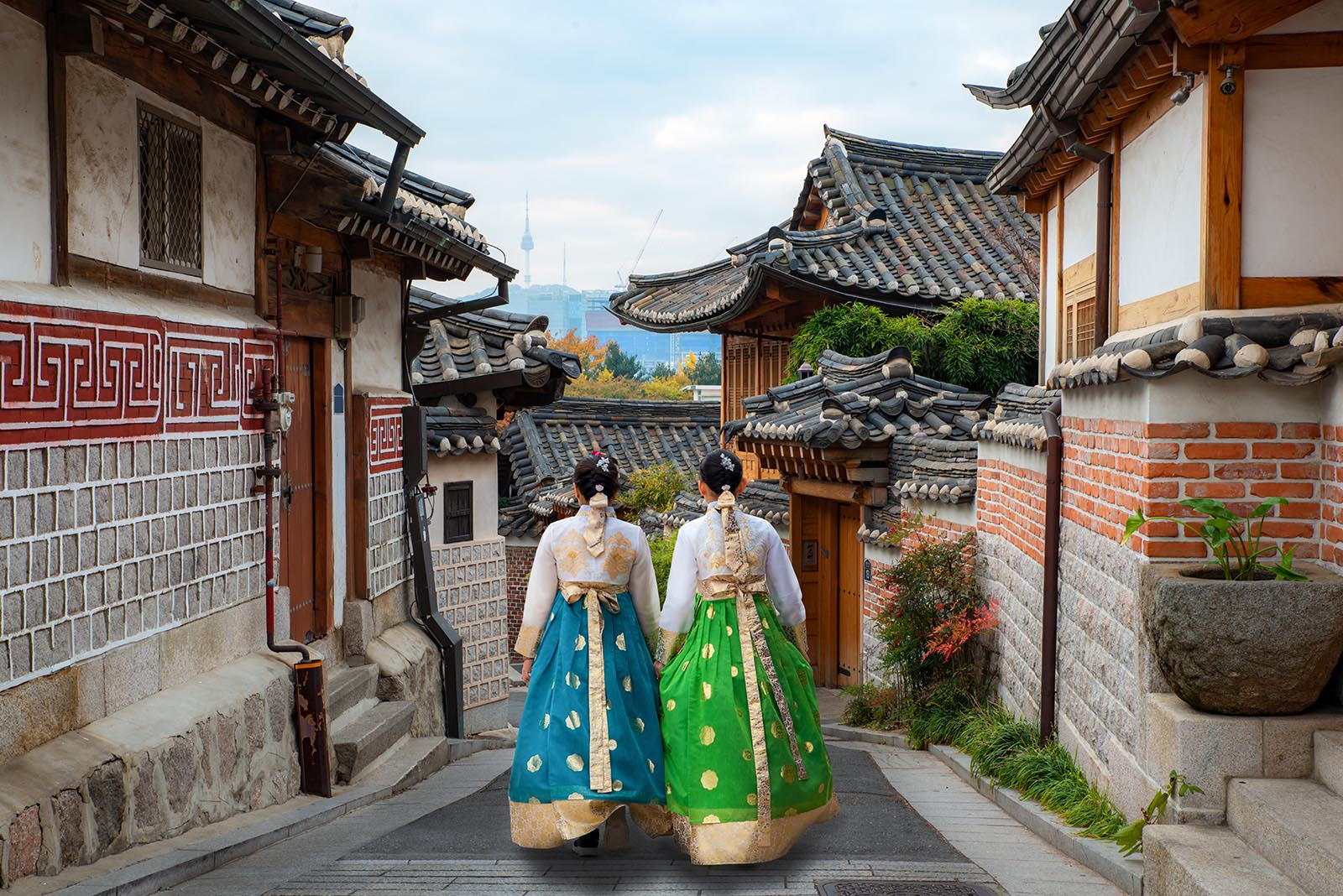Planning a stargazing expedition: Everything you need to know about Dark Sky Places
As anticipation mounts for the rare total solar eclipse April 8 — the last full eclipse we will witness for two decades, according to NASA — travelers and aspiring astronomers are fixing their gaze on the wonders of the universe.
With the emergence of certified “Dark Sky” destinations both in the U.S. and around the world, stargazing expeditions to view galaxies, nebulae and planets are becoming increasingly popular.
The International Dark Sky Places program, created by DarkSky International, preserves communities, parks and protected areas through education and lighting policies, which helps afford stargazers excellent views of the night sky from right here on Earth.
Dark Sky Places (classified as parks, reserves, communities and sanctuaries) span over 20 countries and are certified according to precepts related to their geographic location, cultural heritage and community action initiatives.
This week, some 2.5 million acres of wilderness in southeast Oregon were certified as the largest Dark Sky Sanctuary in the world. With so many Dark Sky Places similarly located within national parks and areas of untamed natural beauty — Bryce Canyon National Park, Anza-Borrego Desert State Park, Big Bend National Park and Capital Reef National Park, to name just a few — more and more travelers are discovering the joys of combining wilderness adventures with incredible stargazing.
There are many places that are ideal for stargazing, and they’re not as remote as you might think. Here’s what you need to know about Dark Sky destinations and how you can embark on a stargazing expedition of your own with views into deep space.
Visiting Dark Sky Parks and Communities
Light pollution is a major impediment to humans’ ability to connect with the cosmos. The best way for regular folks here on Earth to view stars is to visit an official Dark Sky Park. The 122 certified Dark Sky Parks around the world not only have natural features to enhance views of the night sky, such as high elevation and low humidity, but also are protected against human sources of star-obscuring distractions, like air pollution and artificial lighting.
Many of the Dark Sky Parks in the U.S. are accessible from major urban centers and are dotted with campsites and glamping resorts that offer optimal stargazing conditions, as well as programs and activities to round out the experience.
In August 2023, Under Canvas Lake Powell – Grand Staircase became the first DarkSky-certified resort in the world, followed by four “Grand Circle” camps in Utah earlier this year. Known for their luxe safari-style tents, outdoor activities and community vibes, these camps offer a range of celestial experiences, including stargazing, full-moon hikes, themed cocktails and Stargazer Tents.

Daily Newsletter
Reward your inbox with the TPG Daily newsletter
Join over 700,000 readers for breaking news, in-depth guides and exclusive deals from TPG’s experts
Certified Dark Sky Communities like Flagstaff, Arizona, and Ketchum, Idaho, are recognized not only for their star-friendly geographic setting but also for their efforts to reduce superfluous light pollution and provide the public with park areas in which to view the night sky. Eighty-eight miles north of San Diego, the community of Borrego Springs, California, borders the 600,000-acre Anza-Borrego Desert State Park (where you are free to camp anywhere). The first and only California town to receive DarkSky certification, the town hosts a variety of astronomy events year-round.
International travelers don’t have to venture to remote locations like a Chilean mountaintop or the Australian Outback to enjoy dark skies, though you could. Many places in Europe have also been included in the Dark Sky program.
See national parks at night
Specifically, several U.S. national parks are great places to experience night skies away from urban development but still within reach of civilization. Among the places officially certified as Dark Sky locations are Arches, Big Bend, Death Valley, Joshua Tree and Grand Canyon national parks — and, appropriately enough, Craters of the Moon National Monument in Idaho.
Related: The best US national parks you should visit at least once (or twice)
There are also plenty of national parks that are not certified but offer great opportunities for astro-tourism with ranger-led activities such as full-moon hikes and interpretive night sky programs.
At Carlsbad Caverns in New Mexico, “star parties” are held throughout the summer months, with park rangers helping visitors explore the Milky Way with the aid of powerful telescopes. Several parks also have observatories, planetariums and research facilities, including Chaco Culture National Historical Park in New Mexico and Great Basin National Park in Nevada.
Choosing to stay within the national park’s boundaries will greatly enhance your appreciation of the universal beauty of the night sky. At Zion National Park Lodge, for example, the park’s greatest show occurs when daytrippers have departed. Free from obstruction, the star-studded skies here are extraordinary, and the lodge’s lighting protocols, including shielded lamps, help reduce light pollution.
Drive to a nearby stargazing location
But what if you’re stuck in a city with no nearby national park getaway?
Currently, more than 80% of the U.S. population lives in areas where people can’t make out the Milky Way at night even in the best weather conditions, according to a recent study. This is expected to worsen as developments continue to spread outward from cities.
Fortunately, DarkSky International also promotes and certifies Urban Night Sky Places. These parks have noninvasive lighting and offer solid stargazing. Palos Preserves, just outside of Chicago, and Stacy Park near St. Louis are among these easy-access destinations.
Taking a boat out onto a lake from one of the towns and cities that stud the Great Lakes region is another serene way to view the night sky from just outside city limits, with the reflection of stars on the water adding an inspiring dimension for budding astrophotographers.
Related: The best hotel packages for the 2024 solar eclipse
Even within some U.S. cities, you can enjoy great views of the night sky; you don’t necessarily need any special equipment or an expert guide to appreciate a nice starry night.
On evenings with good weather in Dark Sky locations, the Milky Way should be visible to the naked eye and is impressive enough to make you glad you made the trip. But some equipment, tours and apps may be helpful in maximizing your stargazing experience.
Book a stargazing tour
Some tour companies and cruise ship lines offer stargazing-focused tips, including Backroads, Intrepid and MT Sobek. Select cruise ships, like Silversea Origin, have special stargazing decks for passengers. Hurtigruten offers northern lights-focused winter cruises. Some companies offer the chance to travel to the ultimate spot to see a solar eclipse.
Related: Best solar eclipse cruises for 2024 and beyond
Pack your own telescope
If you want to get a better view of the stars on your own, you can bring your own telescope. Many photography shops offer rentals of basic models. If you find you enjoy the hobby, you can buy an entry-level telescope and become a regular on the circuit. Celestron, Sky-Watcher and Meade all sell highly rated beginners telescopes for under $200.
Download a stargazing app
Stargazing apps for your phone are readily available and can provide everything from basic night sky orientation to automated control of telescopes, guiding them with vast databases of stars.
SkySafari 7 Pro isn’t cheap ($19.99), but it has the best mobile telescope control and includes over 100 million stars, 3 million galaxies and every comet and asteroid known to man. It connects to celestial events, and you can also arrange stargazing trips with friends.
Take your own photos
While professional-level star photography requires specially designed rotating tripods and attachments, you can still get decent night sky photos using consumer digital single-lens reflex cameras or even a tripod-mounted phone camera. You’ll just need to tinker with the settings to manage shutter speed and exposure levels.
Another important note for aspiring dark skies photographers: Bring gloves. Deserts tend to get very cold at night, particularly at the high elevations typical of many Dark Sky spots. I once ignored the advice of a local photography shop to buy gloves and ended up with fingers so numb I had trouble changing my camera setting.
Night sky photography can also be enhanced by highlighting interesting objects in the foreground. Mountains, trees, campsites or vehicles can add a good perspective to your composition.
Bottom line
Regardless of your equipment or astronomy knowledge, whether you’re visiting a certified Dark Sky destination or just a peaceful park at night, or if you’re on a guided tour or traveling on your own, it’s well worth getting out to do some stargazing to appreciate the majesty of the universe above us.
Related reading:


